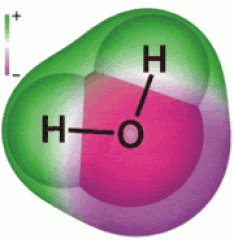Basically: What Is a Limiting Reagent Anyway?!
in a chemical equation, a limiting reagent is the reagent that runs out first and determines the amount of product obtained from the reaction.
Let's Look At Cupcakes, Shall We?

One box of cupcake mix makes 12 cupcakes while one container of icing can cover 7; therefore, 1 box of cupcake mix requires 2 containers of icing.
You could go as far as saying the ratio of cupcake mix to icing is approximately 1:2
However, because your two containers of icing would only be completely used up if you covered 14 cupcakes and your one box of mix makes only 12, you can cover all of your cupcakes with enough icing left over to cover 2 extra. therefore, you have an excess amount of icing.
Your cupcake mix would be the limiting reagent with icing in excess.
Now, Let's Look At Things From a Chemical Perspective.

In the balanced equation O2 +2H2 → 2H2O, there is one mole of oxygen and two moles of hydrogen.
The ratio is 1:2, just like with the cupcakes.
Now, let's say you have one mole of oxygen and only one mole of hydrogen. If the ratio is in fact 1:2 in the balanced equation, then the hydrogen will be consumed first with oxygen left over
Hydrogen would be the limiting reagent with an excess amount of oxygen.
